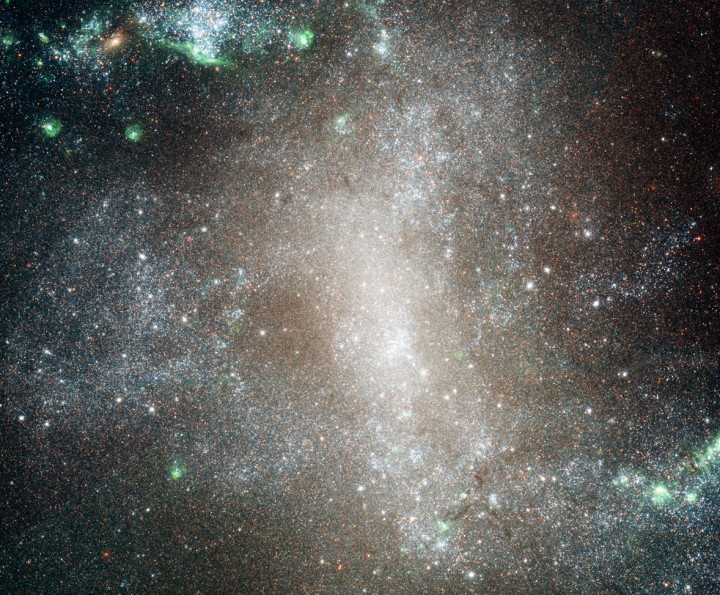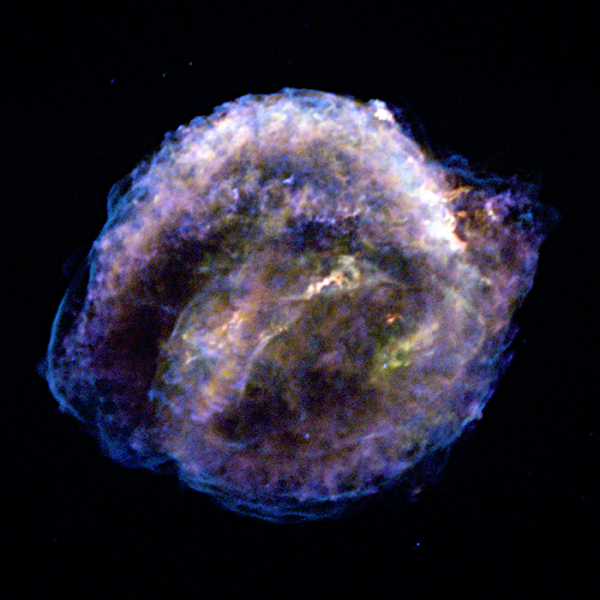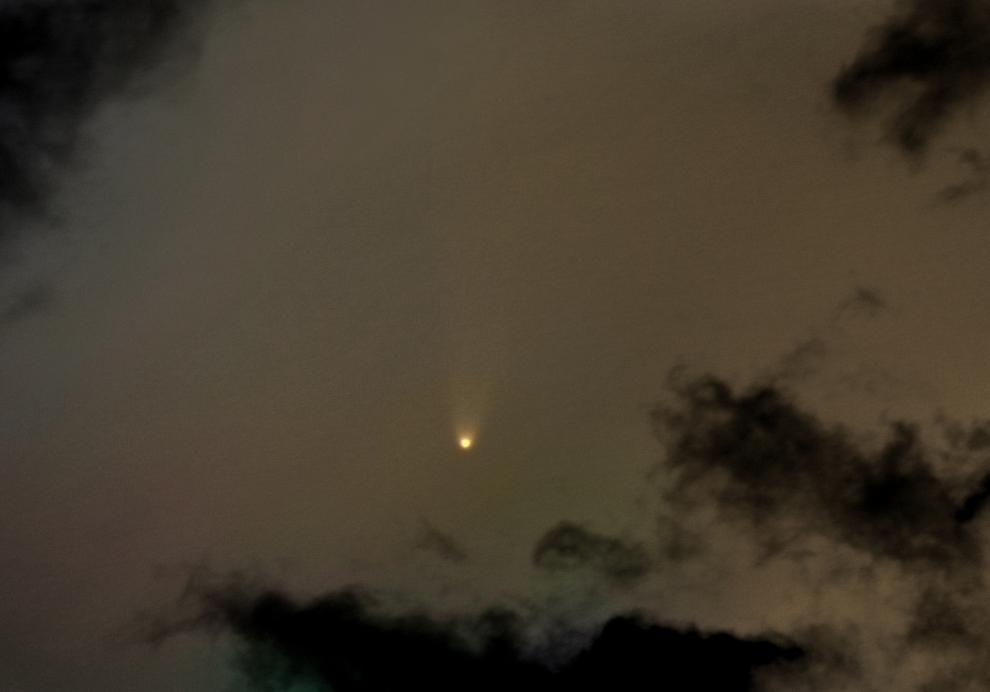APOD 3.04 NGC 1313
 Hubble shows off its ability to resolve with the Advanced Camera for Surveys. This image spans 10,000 light years. The ACS on the Hubble is able to distinguish between individual stars. This unique ability helps to unravel the fate of our own Galaxy. The ability to see the stars in the nebulae and clusters helps us to understand how clusters form in our own Galaxy.
Hubble shows off its ability to resolve with the Advanced Camera for Surveys. This image spans 10,000 light years. The ACS on the Hubble is able to distinguish between individual stars. This unique ability helps to unravel the fate of our own Galaxy. The ability to see the stars in the nebulae and clusters helps us to understand how clusters form in our own Galaxy.


